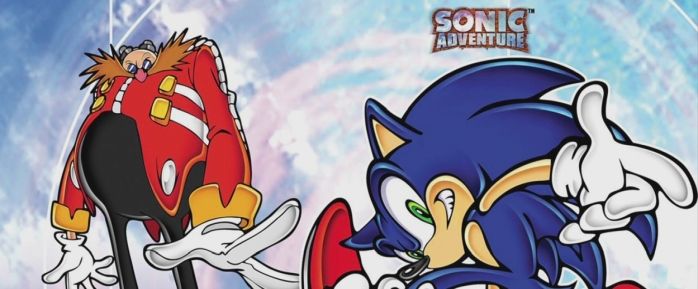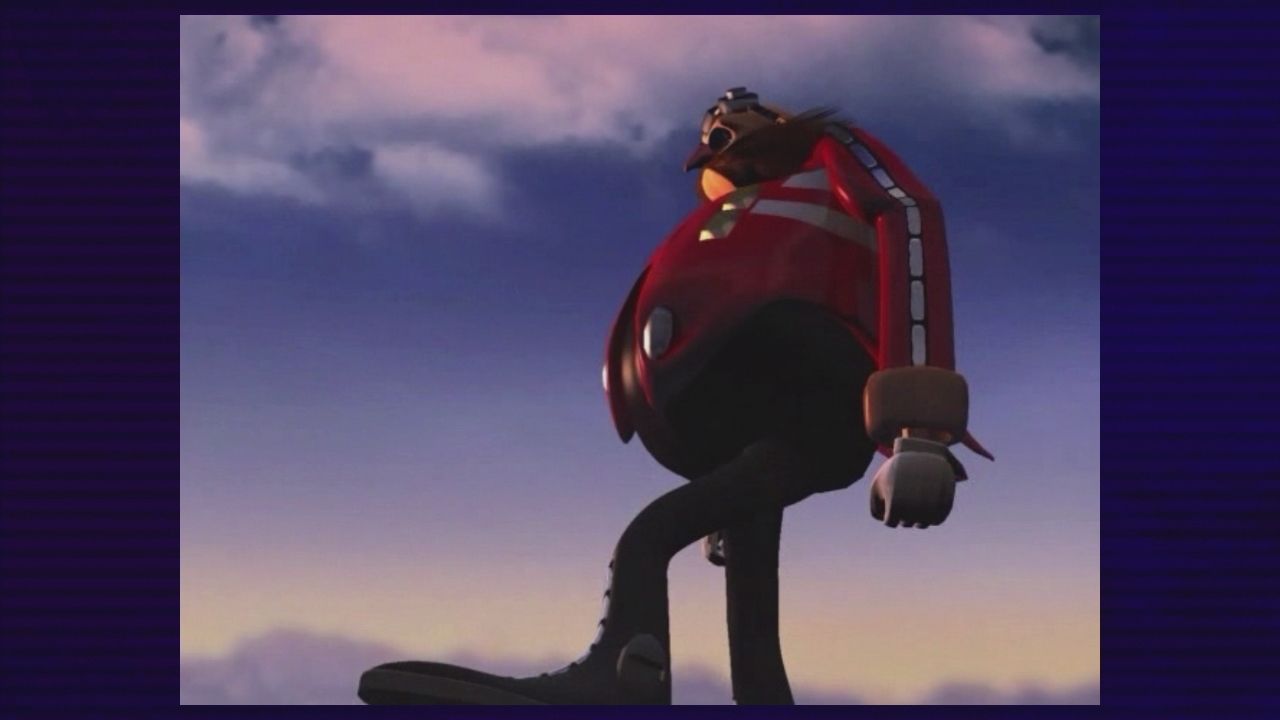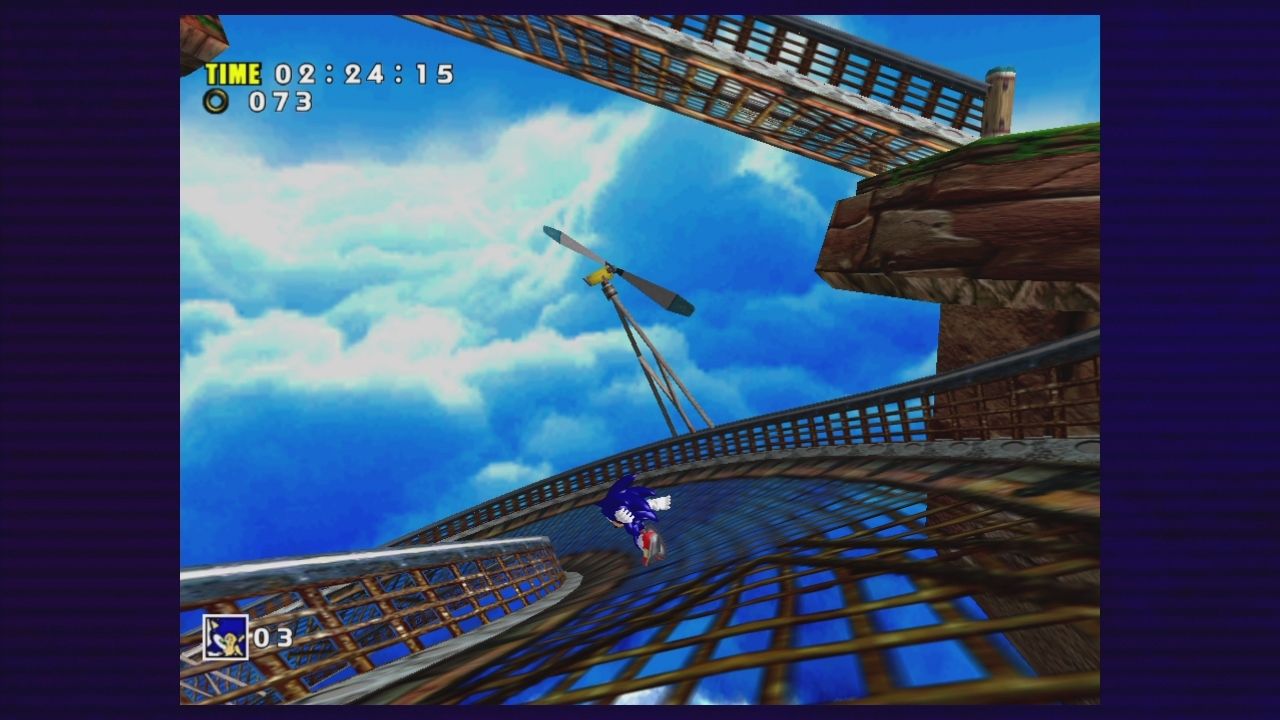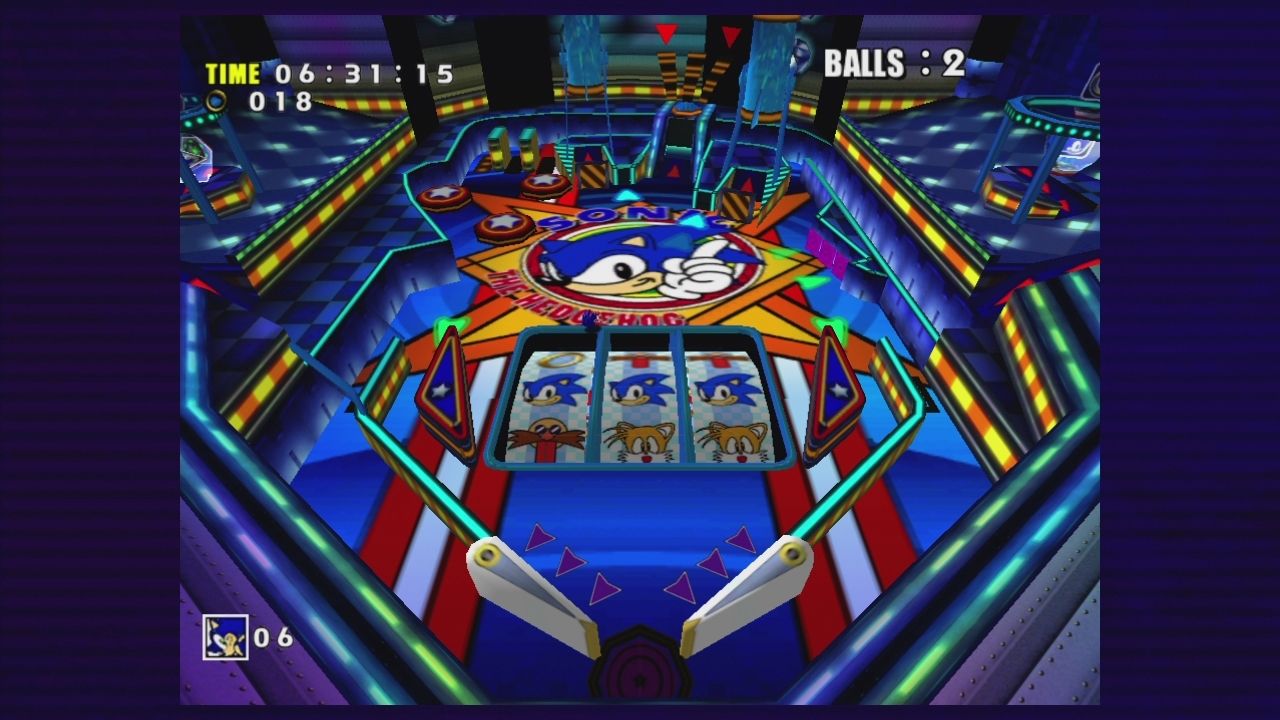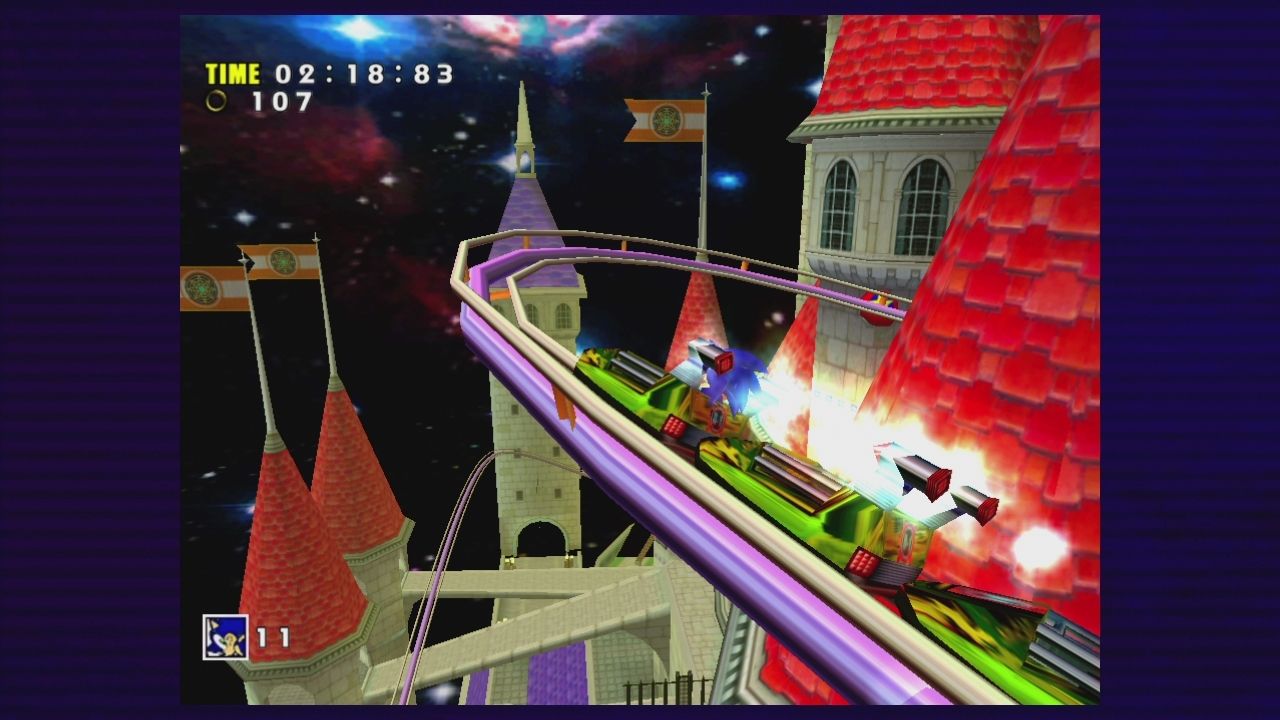Watch your step, for you’ve just entered the Graveyard. Inside, we’ll be digging up games that have long been without a pulse. You’ll see both good and bad souls unearthed every month as we search through the more… forgotten…parts of history.
The Sega Dreamcast's launch in North America on 9/9/99 felt like a sea change for the industry and Sonic Adventure was a large part of why. Sonic had a rough go of things from 1995 onwards and the lack of a major mainline Sonic game on the Saturn led to fans wondering if time had passed the blue blur by. Sonic 3 and Sonic and Knuckles were fantastic games, but side-games like SegaSonic the Hedgehog, Sonic the Fighters and Knuckles Chaotix showed that Sega was willing to take risks with the character even if they didn't completely pan out. Sonic 3D Blast was the most recent game on consoles before Adventure and left a sour taste to many because of its slow pace and odd collect-a-thon nature fighting the current that was "Sonic games use speed to deliver fun." Sonic Adventure aimed to do that and so much more at a time where the gaming industry as a whole was in a state of transition.
2D was seen as passe, but the industry hadn't yet gotten a full grip on 3D gaming either. The Dreamcast as a showcase for "next generation" hardware was great because it was clearly doing things that the PlayStation and N64 couldn't do on their best day -- and offered up higher resolution textures and online functionality that wouldn't be matched for years. In real-time, seeing Sonic Adventure in screenshot form in magazines was huge -- but the thing that sold me on the Dreamcast was seeing the game in motion at my local EB Games. They had an import system in as in that era, you could have a long lead time from region to region. The DC hit Japan in November of 1998 and on 9/9/99 in North America -- so seeing things like the opening video alone was unreal and then seeing the game being played was even cooler.
Finally being able to play the game in demo form at Toys R Us was the moment that won me over on the Dreamcast being the wave of the future -- and the remarkable thing is that while the game still has a lot of rough edges to it, Sonic Adventure remains a great overall game 21 years later. It took a bit of hindsight and playing it again for this piece to fully come to that conclusion, because while I played through it back then and have tried to get back into it since then, the core format didn't click with me like it did in '99. Then, it was fresh and new -- but it was also janky with an odd camera and the buffet approach to playable characters didn't sit well with me.
Sonic Adventure's greatest strength in trying to do so many things is also its greatest weakness as some of them aren't done well. With time and just being in a more open state of mind playing it again, however, it's clear to see that not only is the game a pure passion project, but it actually does a lot more right than I remembered. Sonic, Tails, Knuckles and Amy are the main characters that people would have known before this game -- but SA aimed to expand the lore for better or worse and added Big the Cat and E-102 Gamma. The former is a giant cat out to save his frog while the latter is a reformed robot of Dr. Robotnik/Eggman out to atone for its past.
Each character plays completely differently, with Sonic having a mix of fast action and slower-paced sections like the casino zone, while Tails flies around stages and can dart around like Sonic -- but without as much speed. When you want to explore the maps or just see how in-depth the world is, Tails is a great character to use. Knuckles' stages are a collect-a-thon with him searching for broken pieces of the Master Emerald with a metal detector-esque beeping telling you roughly how close you are to them. The cool thing with this is that it's also given visual cues alongside audio cues -- so while you're never shown where they are specifically, you are given some hints that make it clear you're never fully lost in your journey.
Amy has her hammer, but it's used more to get rid of obstacles and take out baddies while also doing some light puzzle-solving. Big's stages are a mix of fishing and light combat and E-102's areas are a mix of exploration and shooting. Of the options, Sonic's are the most thrilling while Knuckles' work shockingly well given that the formula could get old quickly, but it doesn't thanks to a snappy pace. Playing through the game again showed me that while there's a lot of filler content here, it is at least still content that isn't bad -- it's just not as good as Sonic's stuff is. The camera is also nowhere near good enough to keep up with the fast pace of the game outside of set pieces where it can follow the action easily, but it has held up far better than expected thanks to the modern-day version fixing a few of the issues it had in the original version. It's still far from perfect, but you don't go sailing off the edge to your death nearly as much now.
Visually, Sonic Adventure's texture work has largely aged well for most environments. Areas like the pinball stages look fantastic to this day and could be released as their own digital downloads and hold up nicely. Real-world things like wood and grass may look flat, but still have a lot of detail in them. Character models look great for their time and have impressive poses during cutscenes -- which have aged nicely. They're framed well and you can see that Sonic Team wanted to make this the most cinematic gaming experience possible -- which ties into Sonic by this point being a multimedia powerhouse that had seen several shows and so you would logically be comparing the games to that other media even if subconsciously.
With full voice acting, Sonic Adventure was the first mascot platformer to truly embrace voice work -- and it made sense for the series to do so more than others since there were already a variety of voices used for them between two animated shows and an OVA in Japan. There was no "one" voice you could make in your head for Sonic by this point, so unlike Nintendo, who didn't want full voice work to interfere with how fans heard the characters in their imaginations, Sega didn't have such a limitation on them and wound up with some iffy voice work at times -- but it's solid enough for what it is. Sonic Adventure's soundtrack has aged remarkably well -- with a ton of pulse-pounding songs that not only evoke the "extreme" nature of the late '90s, but work today as a bit of a throwback.
Sonic Adventure has been a maligned effort over the years and while it was too ambitious for its own good, with 21 years of companies playing it super-safe with new entries, time has been kinder to it than expected. Sonic Adventure at least tries many different things and is a radical change of pace from prior games while still managing to deliver a fast-paced experience while also slowing things down and changing up things with a multi-character setup that was never done this way before or since. It's a great game for modern devices with both a Steam release and Xbox 360 release that's playable on the Xbox One family as well. It's a fantastic game overall even with its shortcomings and winds up being greater than the sum of its parts.

